Lander companies prepare to shoot for the moon
Original Publication Date: 2022-09-21 14:54

NASA has issued task orders for eight missions to five companies. Some of those companies are finally getting close to flying their missions. Another company, though, has stumbled long before taking its shot on goal. NASA has largely refrained from commenting on the company’s status.
Draft solicitation for national security space launch services expected in early 2023
Original Publication Date: 2022-09-20 23:46
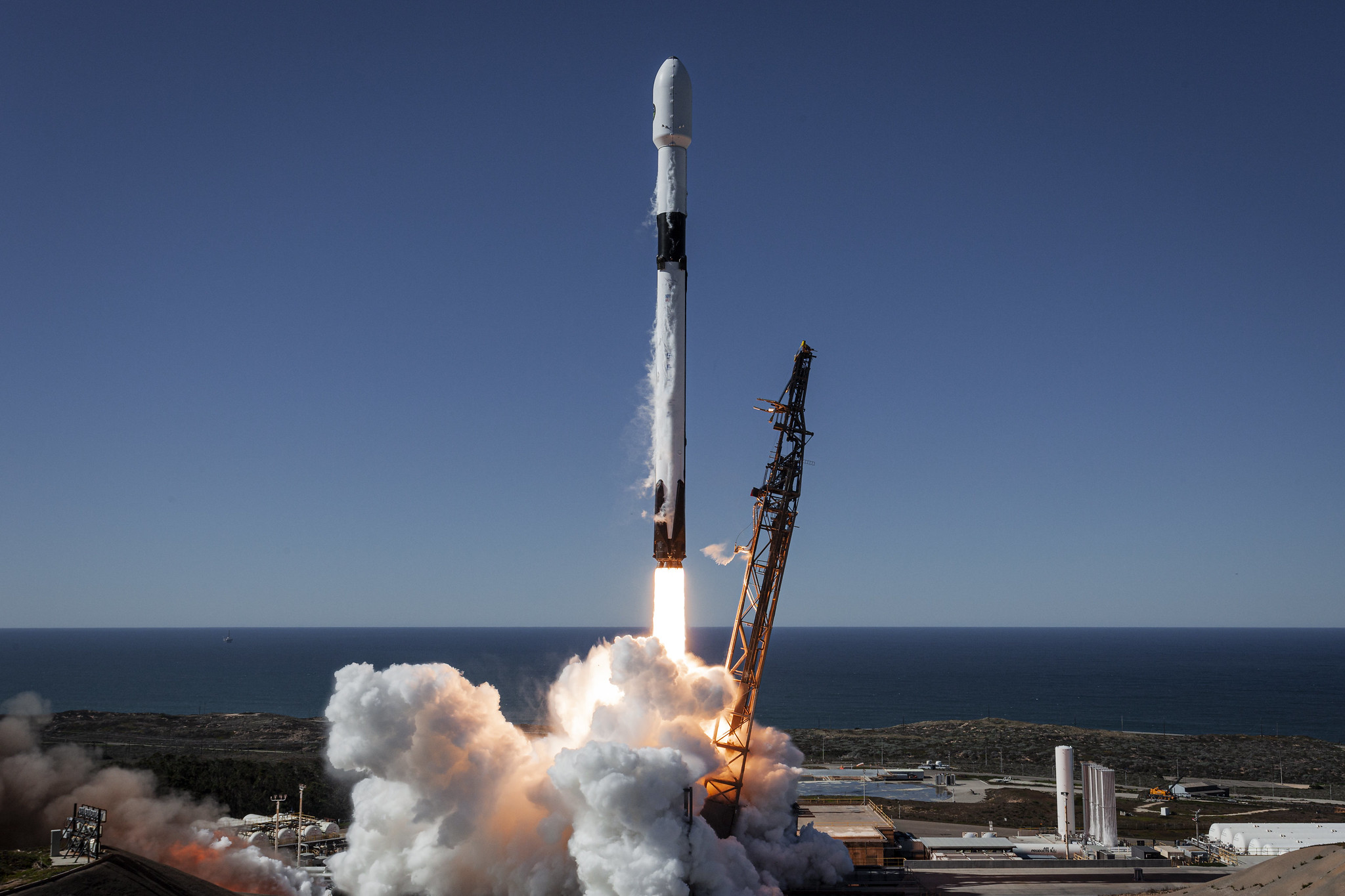
The U.S. Space Force is working to finalize a procurement strategy. The strategy is for the National Security Space Launch (NSSL) Phase 3 contracts. United Launch Alliance and SpaceX won Phase 2 in 2020, and their current contracts will be re-competed in 2024.
Maxar offering new space-monitoring service to help track objects in orbit
Original Publication Date: 2022-09-21 13:20
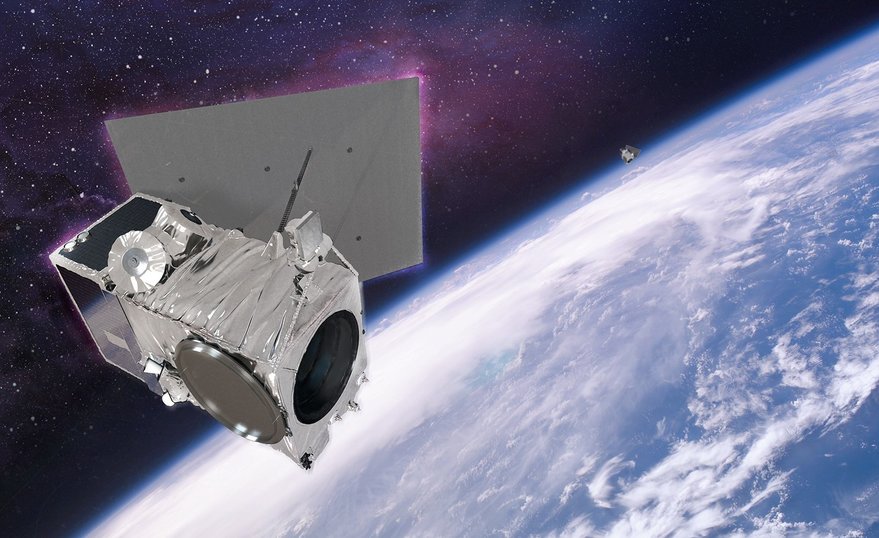
Maxar Technologies has received regulatory approval to use its satellites to monitor the space environment. Maxar is looking to use this capability to fill growing commercial and government demand for debris monitoring and space domain awareness. Maxar’s four imaging satellites currently in orbit have always had the capability to watch the space environment.
Space Force procurement chief criticizes over-engineered satellite programs
Original Publication Date: 2022-09-20 23:19

U.S. Space Force buying billion-dollar satellites that on average take seven years to develop. China is moving to build new constellations at a rapid pace, Air Force official says. Space Force needs to move away from cost-plus contracts, he says.
Next batch of OneWeb satellites arrive in India for launch
Original Publication Date: 2022-09-20 21:24
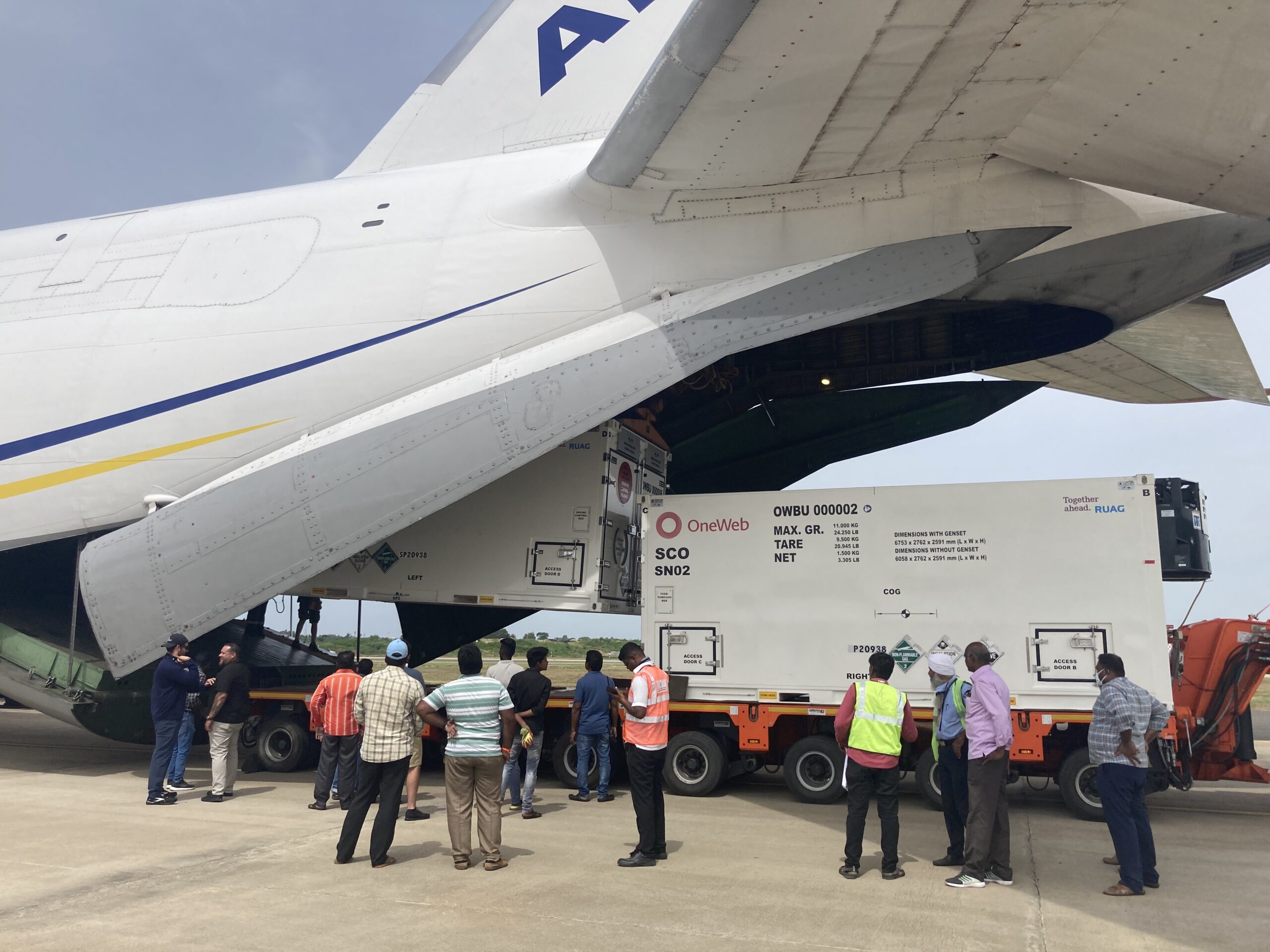
OneWeb says its latest batch of 36 broadband satellites has arrived in India. The British startup anticipates the satellites will launch in October. The mission would be the first dedicated commercial launch for ISRO’s NewSpace India Limited. OneWeb has been unable to expand its constellation since sanctions on Russia.
NASA set for “kinder, gentler” SLS tanking test
Original Publication Date: 2022-09-20 11:26
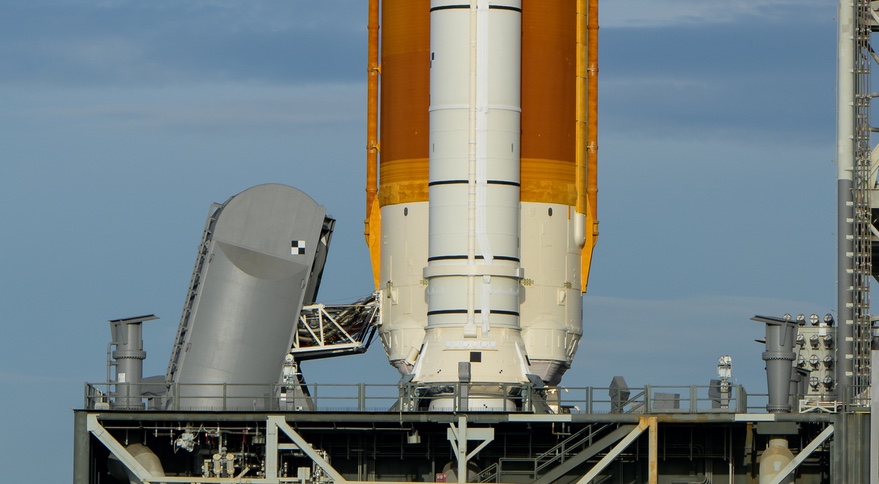
NASA preparing for tanking test of Space Launch System on Sept. 21. Aim is to confirm repairs to seals in liquid hydrogen lines into the core stage. Leak was seen in second attempt to launch the rocket on the Artemis 1 mission Sept. 3. NASA still working with U.S. Space Force to obtain waiver for SLS flight termination system.
Live coverage: Another hydrogen leak detected during Artemis 1 tanking test – Spaceflight Now
Original Publication Date: 2022-09-21 00:00
Live coverage of the tanking test for the Space Launch System on NASA’s Artemis 1 mission. Text updates will appear automatically below; there is no need to reload the page. Follow us on Twitter @SFNLive and @SpaceLaunchSystem for the latest updates.
NASASpaceFlight.com
The SSLV or Small Satellite Launch Vehicle conducted its launch debut from Sriharikota, India on Sunday, August 7. An issue with the fourth stage resulted in the satellites being deployed in an unusable orbit. The SSLV program’s genesis was a December 2015 National Institute of Advanced Studies proposal to create a “Small Satellite Launch Vehicle-1”
Commercial Archives
SpaceX Falcon 9 Block 5 carrying 54 Starlink satellites has finally launched at 8:18 PM EDT on Sunday, Sept. 18. Unfavorable weather scrubbed attempts on Tuesday, Wednesday, Thursday, and Friday. A Saturday launch opportunity was also called off. This mission launched from Space Launch Complex 40 (SLC-40) at the Cape Canaveral Space Force Station in Florida.
International Archives
Roscosmos has launched three people to the International Space Station (ISS) from Site 31/6 at the Baikonur Cosmodrome in Kazakhstan. The launch marks a resumption of US astronaut flights onboard Russian rockets and is the first of up to three crew swap exchanges between NASA and Roscosmos.
Chinese Long March 3B Launches APStar-6C Communications Satellite – Spaceflight101

China conducted a rare commercial launch of a Long March 3B rocket with the APStar-6C communications satellite for APT Satellite Holdings. Long March 3B lifted off from the Xichang Satellite Launch Center at 16:06 UTC on a mission of under half an hour to lift the spacecraft into an elliptical Geostationary Transfer Orbit. The satellite will deliver VSAT services, video distribution, Direct-to-Home television and high-throughput cellular backhaul.
Blue Origin’s New Shepard Reaches new Heights in latest Test Flight – Spaceflight101

Blue Origin's New Shepard reached a peak altitude of 107 Kilometers on Sunday. Sunday’s mission was the eighth in Blue Origin’s New Shepard flight test program. The flight was the second for “Crew Capsule 2.0” featuring large panoramic windows that are among Blue Origin's prime selling points for tourist missions.
ISS Updates – Spaceflight101 – International Space Station

A veteran NASA spacewalker and an EVA rookie from Japan ended their week with nearly six hours of work outside the International Space Station. The restoration of the Station’s Mobile Servicing System started last year and continued in January to provide Canadarm2 with a new pair of grappling hands.
Featured – Spaceflight101

SpaceX Falcon 9 takes to the skies over Florida’s Cape Canaveral Monday afternoon. First of at least six cargo ships inbound to the U.S. Segment of ISS this year. Dragon spacecraft will deliver science gear, supplies and maintenance hardware to the orbiting laboratory.
News – Spaceflight101

Europe's Copernicus satellite fleet is gearing up for the arrival of its next addition on Wednesday. A Russian Rockot booster set to blast off from the Plesetsk Cosmodrome at 17:57 UTC with the Sentinel-3B multi-function satellite. Read more
Re-Entry: Long March 11 Rocket Body – Spaceflight101

The Long March 11 rocket re-entered the atmosphere on April 29, 2018 after only three days in orbit. It lifted a cluster of five commercial Earth-imaging satellites into a 500-Kilometer orbit. The CZ-11 fourth stage used leftover propellant for a partial de-orbit maneuver, lowering its perigee to 120 Kilometers to significantly accelerate its orbital decay.
NASA’s InSight ‘Hears’ Its First Meteoroid Impacts on Mars
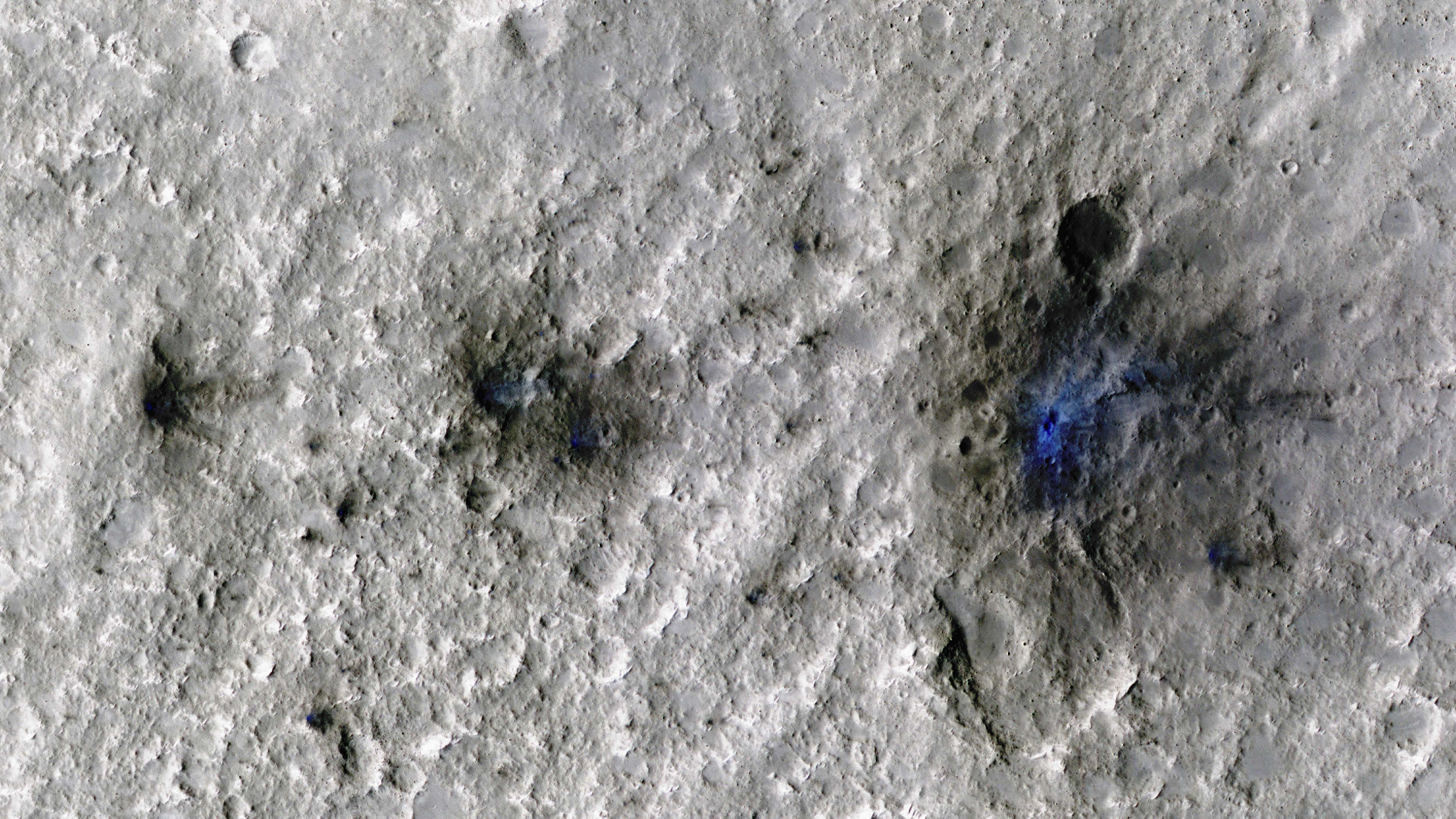
NASA’s Mars Reconnaissance Orbiter flew over the estimated impact site. The orbiter used its black-and-white Context Camera to reveal three darkened spots on the surface. After locating these spots, the orbiter’s team used the High-Resolution Imaging Science Experiment camera to get a color close-up of the craters.
NASA’s Perseverance Rover Investigates Geologically Rich Mars Terrain

The rover has collected four samples from an ancient river delta in the Red Planet’s Jezero Crater since July 7. Twenty-eight miles (45 kilometers) wide, Jezero Crater hosts a delta – an ancient fan-shaped feature that formed about 3.5 billion years ago at the convergence of a Martian river and a lake.
NASA to Host Briefing on Perseverance Mars Rover Mission Operations

The briefing will be live on NASA Television, Twitter, Facebook, and YouTube. Watch on the agency’s website at: https://www.nasa.gov/live Participants will include: Lori Glaze, director of NASA’s Planetary Science Division. Questions can be asked on social media during the briefing using #AskNASA.
NASA’s AIRS Instrument Records Typhoon Hinnamnor Before Landfall

Airlift-satellite, launched in 2002, was the first instrument to reveal the 3D distribution of rain within tropical storms like Hinnamnor. AIRS is part of NASA’s larger Earth observing fleet, which works to measure components of the global water and energy cycles, climate variation and trends.
A Cosmic Tarantula, Caught by NASA’s Webb
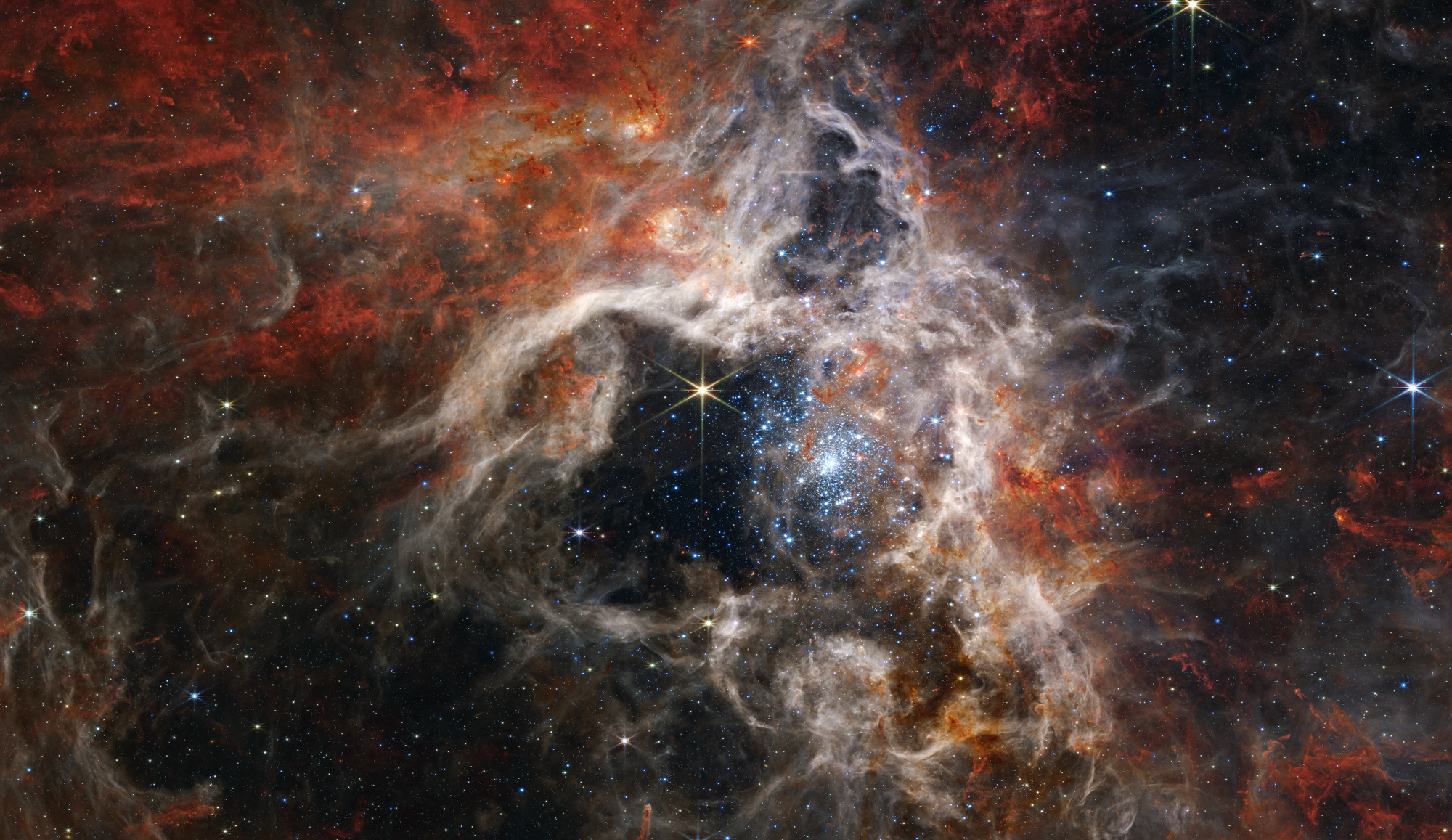
The Tarantula Nebula is interesting to astronomers because it has a similar type of chemical composition as the gigantic star-forming regions observed at the universe’s ‘cosmic noon’ This makes the Tarantula the closest example of what was happening in the universe as it reached its brilliant high noon. Webb will provide astronomers the opportunity to compare and contrast observations of star formation in the Tarantula Nebula with the telescope’s deep observations of distant galaxies.
NASA’s Webb Takes Its First-Ever Direct Image of Distant World

Astronomers have used NASA’s James Webb Space Telescope (JWST) to take a direct image of a planet outside our solar system. The exoplanet is a gas giant, meaning it has no rocky surface and is not habitable. The finding is detailed in NASA’s latest JWST blog entry.
Explore the Solar System With NASA’s New-and-Improved 3D ‘Eyes’

Learn the basics about dwarf planets or the finer points of gas giants. Ride alongside no fewer than 126 space missions past and present. Scroll through rich interactive journeys, including Voyager’s Grand Tour of Jupiter, Saturn, Uranus, and Neptune. You can rotate objects, compare them side by side, and even modulate the perspective as well as the lighting.
